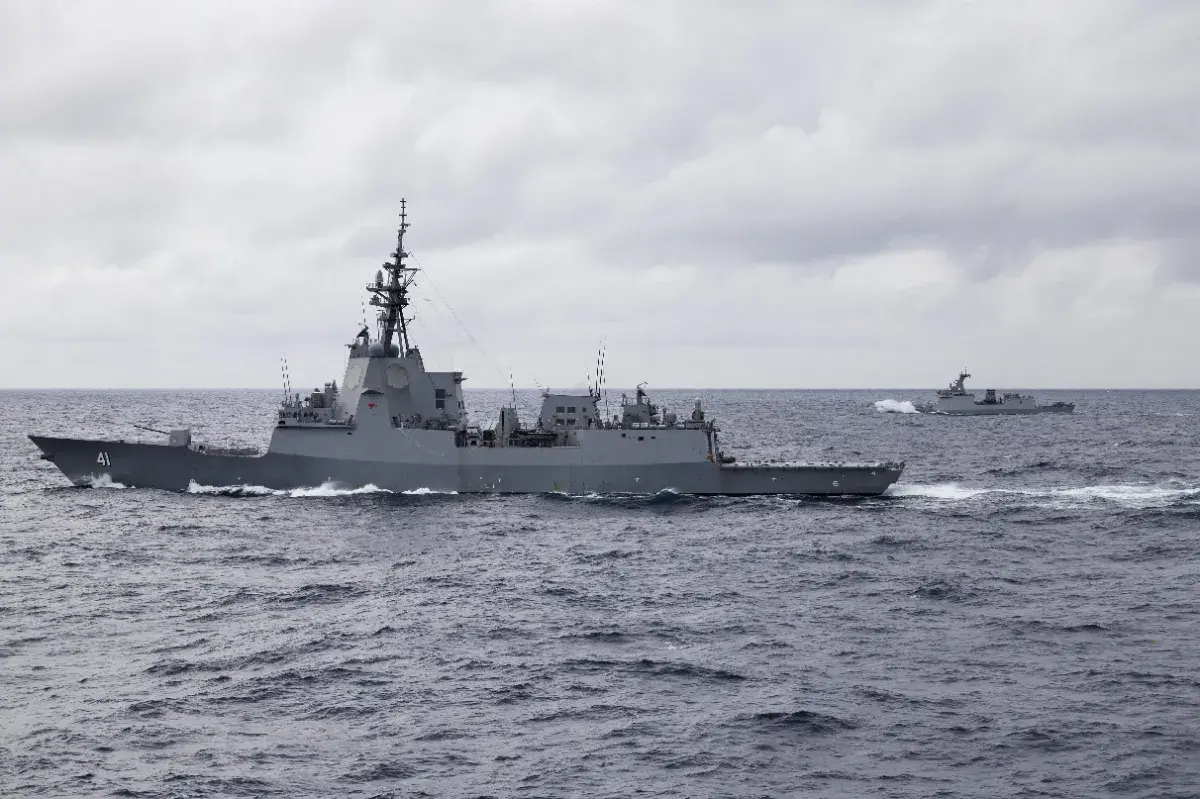Strengthening Regional Defense Through Trilateral Cooperation
The United States has intensified its joint training programs with South Korea and Japan, showcasing a renewed commitment to regional security and stability. These trilateral drills, conducted in the waters near South Korea’s Jeju Island, are designed to refine ballistic missile defense strategies and improve naval and aerial coordination among the three nations. Officials argue that the exercises go beyond symbolic gestures, representing a concrete demonstration of readiness against evolving threats in the Asia-Pacific region. The integration of U.S. assets with allied forces highlights a unified stance that underscores both deterrence and resilience. Such drills are considered essential in maintaining balance in an environment where new military partnerships between rival nations continue to emerge. For more context on U.S. Indo-Pacific strategy, visit the U.S. Indo-Pacific Command.
Responding to Emerging Security Challenges in East Asia
Security analysts note that the increasing cooperation among Washington, Seoul, and Tokyo is not only a response to North Korea’s expanding nuclear program but also a counterbalance to deeper military coordination between Russia, China, and North Korea. Recent alliances have shifted the strategic landscape, creating the potential for rapid technological advancements in missile capabilities among U.S. adversaries. By contrast, the United States and its partners are focusing on consistent, long-term interoperability, ensuring that air, sea, and missile defense systems can operate seamlessly in crisis scenarios. The ongoing exercises also reinforce commitments to freedom of navigation in contested waters, such as the South China Sea and the Taiwan Strait, areas where tensions have intensified in recent years. To explore more about maritime disputes in Asia, see the Council on Foreign Relations.
Expanding Alliances Beyond the Korean Peninsula
While Freedom Edge drills in Korea and Resolute Dragon in Japan are drawing international attention, they are only part of a larger pattern of U.S. military engagement across Asia. Joint exercises with the Philippines in the South China Sea and naval operations with the United Kingdom in the Taiwan Strait illustrate Washington’s broader strategy to keep regional waterways open and secure. The consistency of these maneuvers underlines America’s message of “iron-clad” alliances, a phrase repeatedly used to emphasize unshakable defense commitments. Experts believe these cooperative drills also send strategic signals to Beijing, Moscow, and Pyongyang, making clear that the U.S. and its allies will continue to coordinate military strength against destabilizing moves. For insights into the role of Japan’s Self-Defense Forces in these exercises, visit the Ministry of Defense of Japan. Additionally, to understand how these maneuvers intersect with international law, see the United Nations Law of the Sea.



